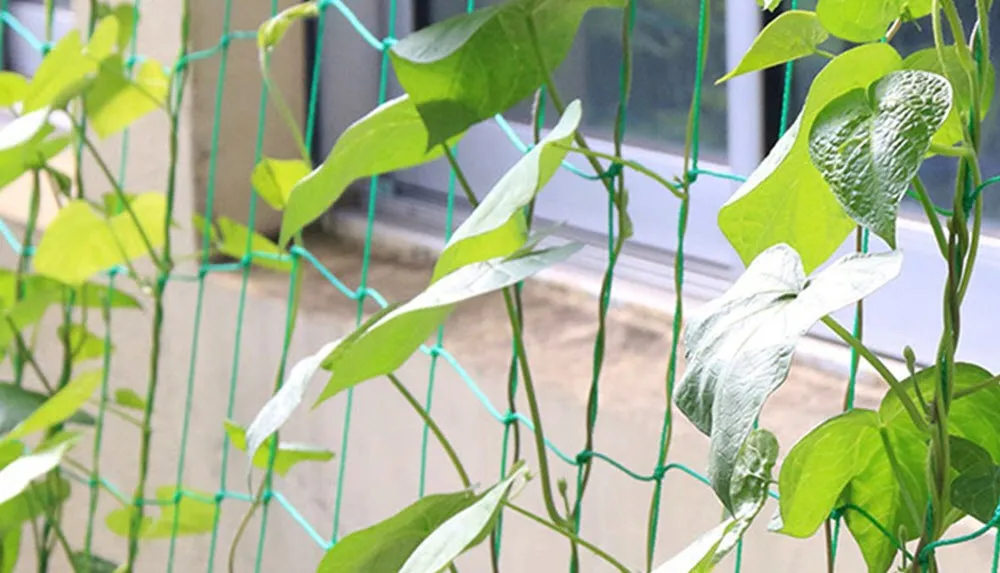© 2020 Hefei Better Technology Co., Ltd. All rights reserved.Site Map Designed by iwonder.cn
Tel
086-19155119097

Trellis netting is a versatile and essential tool for gardeners who want to maximize their plant yield while minimizing their growing space. But with so many different types of trellis netting available, it can be challenging to know which one is the best fit for your specific needs. Here are some things to consider when choosing the right type of trellis netting for your plants.
The first thing to consider when choosing the right type of trellis netting is the type of plant you will be growing. Different plants have different growth patterns, and some will require a more robust and supportive trellis netting than others.
Which trellis netting do I need for my produce crops:
TRELLISING TOMATOES: depending on the variety that is plant, a support on both sides can be need which could vary from one meter (just over a yard). If prefer, the tomato crop can be support using the trellis netting in multiple horizontal layers. Allowing a length of the netting to hang down from the sides of the row. Giving support to the stems that grow outward.
The trellis netting when used for tomatoes gets use on both sides of the plant. Pretty much the same way as twine for trellising except much less training of the plant to the trellis netting. Is require because of its squared pattern as opposed to the open vertical zigzag pattern when twine is use. As was mention before, reducing the amount of contact between the plant and the worker. Increases the crop’s profitability since the plant becomes unproductive for several days (after having stems move around to train them to a trellis) until it can reorient its foliage toward the sun again for more efficient photosynthesis. For chilis, peppers, and egg plants, the growing methods are very similar to those for tomatoes and thus the same types of trellis netting can be use.
CUCUMBERS: In the case of cucurbitaceae, especially cucumbers. But also chayotes, cantaloupes, and even watermelons only a single panel of trellis netting support will be need. For cucumbers the desirable trellis netting width is 1.5 or 2m (59 or 79 inches). But one has to remember that the cucumber netting gets place 20 or 30 cm (8 or 12 inches) above ground level, creating a trellis height greater than the width of the netting. Remember to take this into account when selecting posts or stakes. Deciding on the size of the end posts for each row is of equal importance since the land contour prevailing winds. And crop weight will dictate more or less spacing between posts in the row to support the selected netting.
This trellis netting is a common option for crops out in the open where the plan is to alternate and rotate crop varieties and where salvaging the netting is not important due to the cost of gathering it up being more than putting up a new one, or, as is often the case where for phytosanitary considerations (for example a viral or bacterial attack that could contaminate the following crop). It is preferr to destroy all that might have been in contact with the previous crop.
Trellis netting can be made from a variety of materials, including plastic, nylon, and metal. Each material has its pros and cons, so it's essential to choose the material that will work best for your needs.
Plastic trellis netting is affordable, lightweight, and easy to install, making it an excellent choice for beginner gardeners. However, it may not be as durable as other materials and may need to be replaced more frequently.
Nylon trellis netting is more durable than plastic and can last for multiple growing seasons. It's also softer and less likely to damage delicate plants. However, it is more expensive than plastic and can be more challenging to install.
Metal trellis netting is the most durable option and can last for many years. It's also the most supportive option, making it an excellent choice for heavy vining plants. However, it's the most expensive option and can be more challenging to install than plastic or nylon.If you are interested in our products, pls contact us : info@bettermicn.com